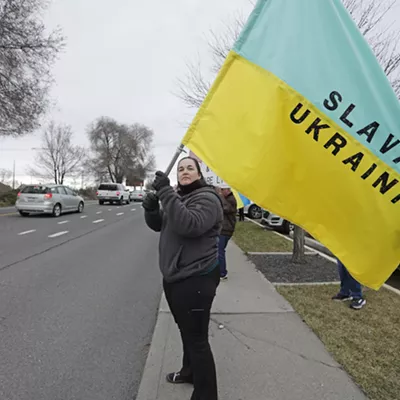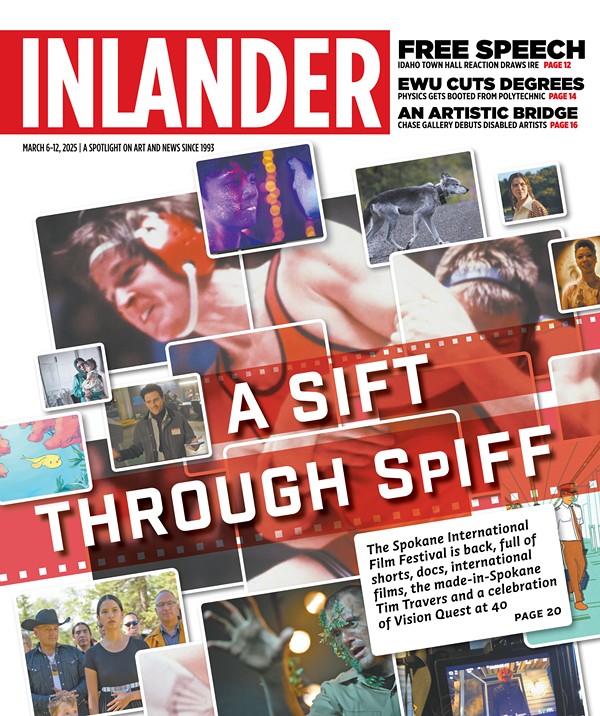In late 19th-century Japan, the times they were a-changin'. Old traditions, including the ways of the ancient Samurai warriors who served the country, were giving way to a new modern world. In America, life had already drastically changed, due in part to the Civil War and the taming of the West.
In America, Captain Nathan Algren (Tom Cruise) was once a hero, a Civil War veteran and a storied frontiersman, who killed Indians under orders of his commander, Colonel Bagley (Tony Goldwyn). But now, just a few years later, he's a disillusioned, broken-down drunk, eking out a living telling war stories as a sort of sideshow freak for the Winchester gun company. When a friend lands him a new high-paying gig -- training a conscript army in Japan to suppress the rebellion of a tribal leader, much like fighting off the Indians in America -- he takes it, even though his heart isn't in it.
In Japan, knowing that the new emperor has been convinced by his advisors that the days of the Samurai will soon be gone, tribal leader Katsumoto (Ken Watanabe) is preparing for one last stand against what are shaping up to be overwhelming odds.
So the gloomy "warrior from America," tortured by flashbacks of the Indian slaughters, makes the trip, oblivious of the traditions of the Samurai, never having heard of Katsumoto. He starts teaching peasants how to soldier. What he doesn't know is that he's also going to learn a lot about heroism and honor and curiosity.
Algren is captured by the Samurai forces near the beginning, lashing out at them with everything he's got until he collapses from exhaustion. Katsumoto, taking in all of this, stops the executioner at the last moment, saying he wants to "learn about our new enemy, not kill him." Sparing Algren, Katsumoto admits, will allow him to practice his English.
There are other bits of humor woven into the script: Cruise gets to smile when he starts playing with children in the remote Japanese village where he's being held captive. But this is a serious story of culture clash, about adversaries with very different personalities. Katsumoto is centered, at peace; Cruise is always on edge, fighting personal demons. There are great inner performances from both actors. And both characters are nothing less than heroic.
While at times the plot is reminiscent of Dances With Wolves, it never feels bogged down by that film's 2 1/2-hour length, either in setting up elements of the storyline (the vile Colonel Bagley is again commanding Algren in Japan) or in how it evolves (a growing mutual respect between captor and captive).
It all eventually gets back to politics and the impending war between the strong new army and the feisty old-style guard. And the script, fashioned to give equal time to both of the lead roles, sometimes works best when it relies on a series of very effective silences.
Indeed, most of the praise directed at the film will go to its exquisite visuals, from the opening frame right to the final credits. Veteran cinematographer John Toll -- who nabbed Oscars for Braveheart and Legends of the Fall, and should have received more than just a nomination for The Thin Red Line -- is a shoo-in for a nomination this time around.
An outstanding early sequence shows the Samurai army on horseback, rising out of a foggy forest as they approach a group of frightened new recruits. Throughout the film, Toll makes sure to take in the gorgeous countryside scenery. And every one of the brilliantly staged action scenes are outstanding -- sometimes photographed in long shots to capture the scope of the battles, sometimes in close-up to pull the audience directly into the pandemonium.
These are the moments that most viewers are going to marvel at, especially the final breathtaking confrontation pitting men with uniforms and guns (including the then newly invented howitzers) against men with armor and swords. The conclusion also features some of the best use of specially trained "falling horses," which director Edward Zwick also used so magnificently in Glory. About the only flaw is an overly dramatic coda that tries too hard to cap off the story neatly.
Even with all of the exciting fight scenes, the film remains fixed on the two men, how their personal worlds have changed and will keep changing. Filmmaking techniques propel this to epic proportions, but the story remains human-sized.
Publication date: 12/04/03
















